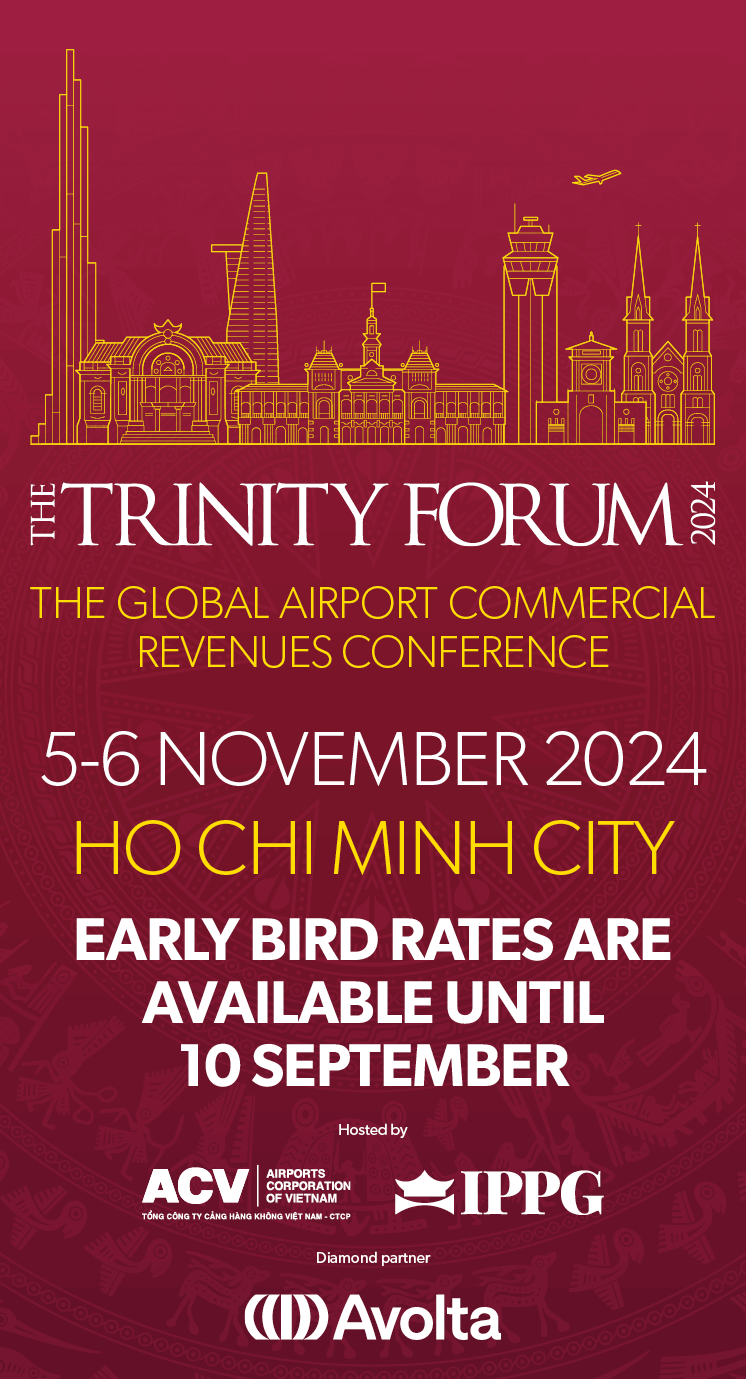INTERNATIONAL. Global airline passenger traffic climbed by +5.6% year-on-year in September, according to the latest figures from the International Air Transport Association (IATA).
Growth in the month was also stronger than the +4.6% year-on-year growth recorded in August. By contrast, air freight posted a -2.7% contraction for September compared to September 2010.
IATA Director General and CEO Tony Tyler said: “September’s strength in passenger demand was a pleasant surprise. Freight demand contracted for a fifth consecutive month and this trend is in line with falling business and consumer confidence. We are still expecting a general weakening in passenger traffic as we head towards the year-end.”
International passenger markets
International air travel volumes rebounded to levels reached in July, following a dip in August. The sharp decline in business confidence in most economies, and the weakness in US and European consumer confidence, suggest reluctance for both business and leisure travel, IATA noted. Continuing strong air travel markets may reflect the robust conditions in emerging markets and travel booked earlier in the year when there was more economic optimism, it added.
Passenger load factors stood at 79.5% in September, slightly below the 80.1% recorded for the same month last year. Highest load factors were recorded in North America (82.6%) and Europe (82.4%). The load factor for Asia Pacific airlines slipped to 76.0% as the region absorbs the largest number of new aircraft deliveries.
Latin America carriers reported the largest increase in demand at +10.6% (up from a +6.4% increase in August), supported by robust economic conditions.
European carriers saw a +9.2% increase, slightly behind the +9.5% increase in capacity. This comes despite the continuing Eurozone crisis. The weak Euro is enhancing Europe’s attractiveness to tourists and creating export opportunities for business.
Traffic carried by Middle East carriers rose by +9.1%, ahead of a capacity increase of +8.5%–a step change from the +15% capacity increases seen in recent years.
Asia Pacific carriers saw a +4.3% increase in demand, well below the +.3% increase in capacity. Despite strong domestic growth in India and China, growth rates for international markets slowed.
North American carriers recorded a +1.2% increase in demand, the weakest among the regions. It lagged behind a +2.9% increase in capacity.
African carriers experienced a +5.0% increase in demand, closely matching the +5.2% increase in capacity.
 |
Click here to view the enlarged image (then hover over graphs with your cursor and click for full detail) |
India leads domestic passenger growth
Domestic markets rose strongly in September at +3.8% (up from +2.2% in August). This was also significantly stronger than the +2.8% increase in domestic capacity.
India led the way with +18.4% growth, although slightly below the +20.1% increase in capacity. This was followed by China at +9.7% (more robust than the +8.1% increase in capacity) and Brazil where a +7.5% increase in demand was well below the +14.6% increase in capacity.
The recovery in Japan’s domestic market following March’s earthquake and tsunami stalled in September with traffic -14.5% below previous year levels. This is a step back from the -12.3% decline recorded in August. Carriers in the US domestic market cut capacity by -0.7% but recorded an increase in demand of +1.6%.
Despite stronger than expected growth in passenger markets during September, the industry is bracing for more difficult times ahead, said IATA. IATA’s recent Airline Business Confidence survey reported a significant decline in profitability expectations over the next 12 months. More worrying, it added, is the expectation that unit costs will increase with little optimism for yields. The majority expected no change in passenger yields while 90% of respondents were split equally among those expecting cargo yields to remain the same or decline. IATA is expecting profitability to decline from US$6.9 billion in 2011 to US$4.9 billion in 2012 for a margin of just 0.8%.
Tyler said: “Airlines play a key role in connecting global business. At this time of economic uncertainty in many parts of the world, US plans to raise an additional US$36 billion in aviation taxes over the next decade could not be more misguided. Last month the UK recognised the harm that its £2.5 billion Air Passenger Duty was doing in Northern Ireland and announced a major cut.
“It’s time to apply that lesson at a more global level. Increasing the cost of doing business by making air transport more expensive destroys competitiveness. Governments should protect the 33 million jobs and US$3.5 trillion in economic activity supported by aviation with a sound policy framework-not by suffocating the industry with taxes.”















